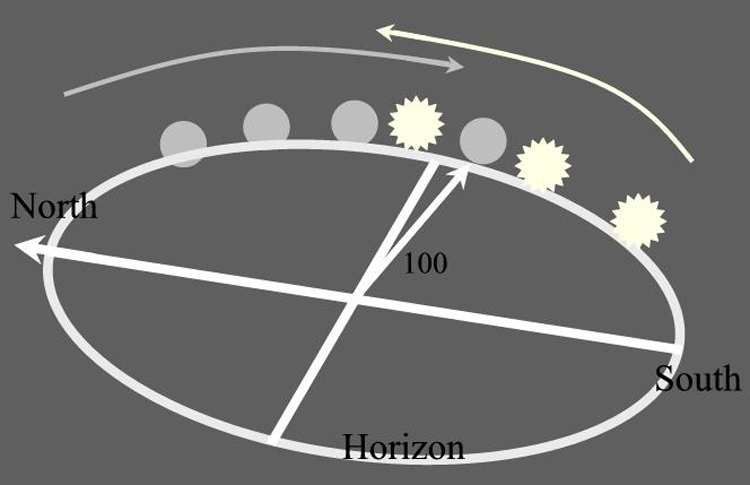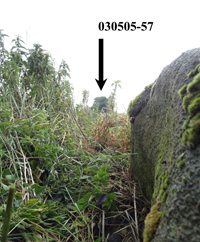

| Online: | |
| Visits: | |
| Stories: |

| Story Views | |
| Now: | |
| Last Hour: | |
| Last 24 Hours: | |
| Total: | |
Easter Can Be Calculated with Greater Accuracy Using New ‘Old’ Astronomical Method
Easter can fall early and late, in fact, the timing can fluctuate by an entire month from late March to late April. Using a new astronomical method of calculation, the date of Easter would be better defined as the first Sunday after the spring full moon, says an astronomer.
Credit: Calus Clausen
Claus Clausen believes that Easter should be calculated very precisely as the first Sunday after the spring full moon (as determined astronomically by a spring crossover, that is, when the point where the full moon rises on the horizon changes places with the point where the Sun rises on the horizon). So there will never be any doubt about when Easter should be.
Stone Age equinox
Claus Clausen is an astronomer, but he has also always been interested in archaeology and has studied the mysterious barrows and passage graves from the Stone Age (Neolithic times). Archaeologists estimate that around 40,000 large stone graves were in the years from around 3500 to 3000 BC. Only about 700 of the large passage graves are preserved today, but one of the great mysteries is their orientation in the landscape with a significant concentration of orientations towards east/southeast as seen from inside the passage grave.
The figure shows how the “crossover” takes place in the spring when the rise of the full moon moves south and the sunrise moves north. In the autumn the sunrise and rise of the full moon move in the opposite way. The spring full moon and the autumn full moon always rise in almost the same direction about 100 degrees from North. This direction is roughly the same throughout Europe.

The Earth’s rotation has changed over time, but with the help of a computer programme, Claus Clausen could go 5500 years back in time and calculate the rise of the Sun, the full moon and the timing of lunar eclipses. He measured the entrance tunnels of approximately 170 passage graves and discovered that they probably were built according to the direction of the rise of certain full moons, for example, the first full moon after the spring equinox. The point at which the full moon rises on the horizon changed places with the point at which the sun rises on the horizon. This ‘crossover’ defines the Stone Age equinox and the spring full moon.
Passage graves in Western Europe have also been constructed in the same way as the Danish. This is true in Spain, Portugal, France and Sweden, perhaps also in Germany and the Netherlands. At that time, in the younger Stone Age, they certainly held rituals at the burial mounds, perhaps fertility rituals in the spring and a ritual for finishing the harvest in the autumn. Now the method can be used to calculate the date of Easter.

(Credit: Calus Calusen)
From 23 March to 24 March 2016, the point on the horizon where the full moon rises will change places with the point where the Sun rises on the horizon, so Stone Age spring full moon is the same as the full moon that falls during Easter on 24 March this year, explains Claus Clausen.
Contacts and sources:
Claus Clausen
Source: http://www.ineffableisland.com/2016/03/easter-can-be-calculated-with-greater.html



